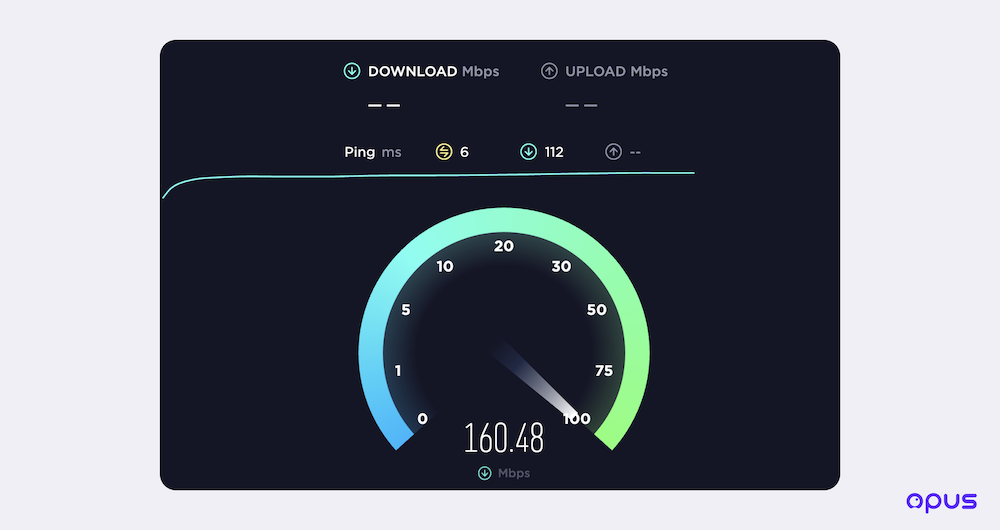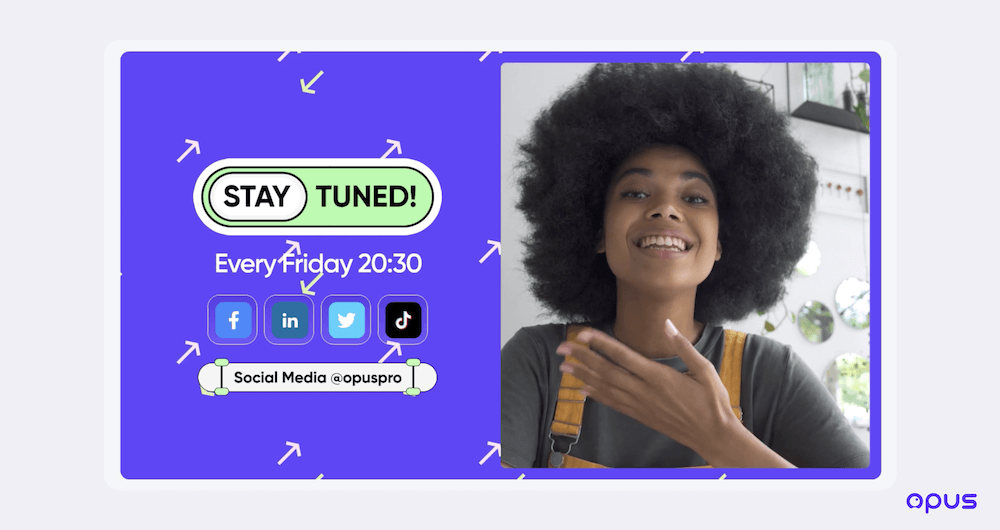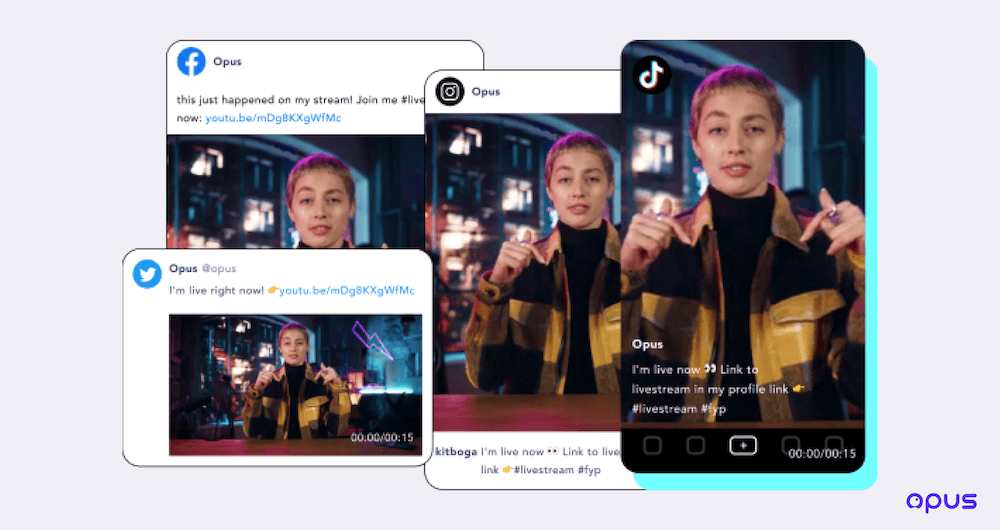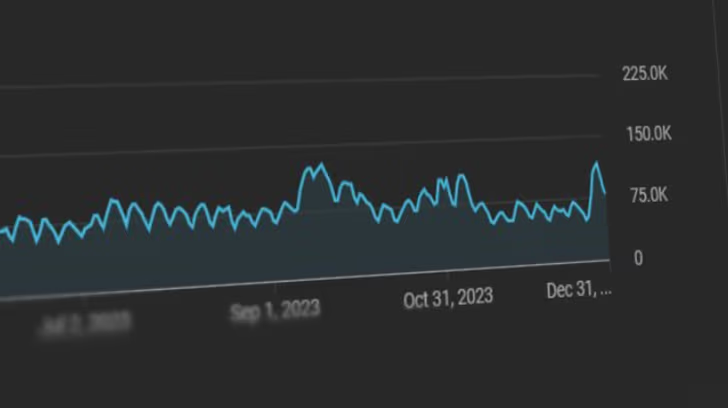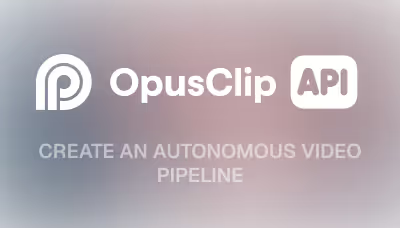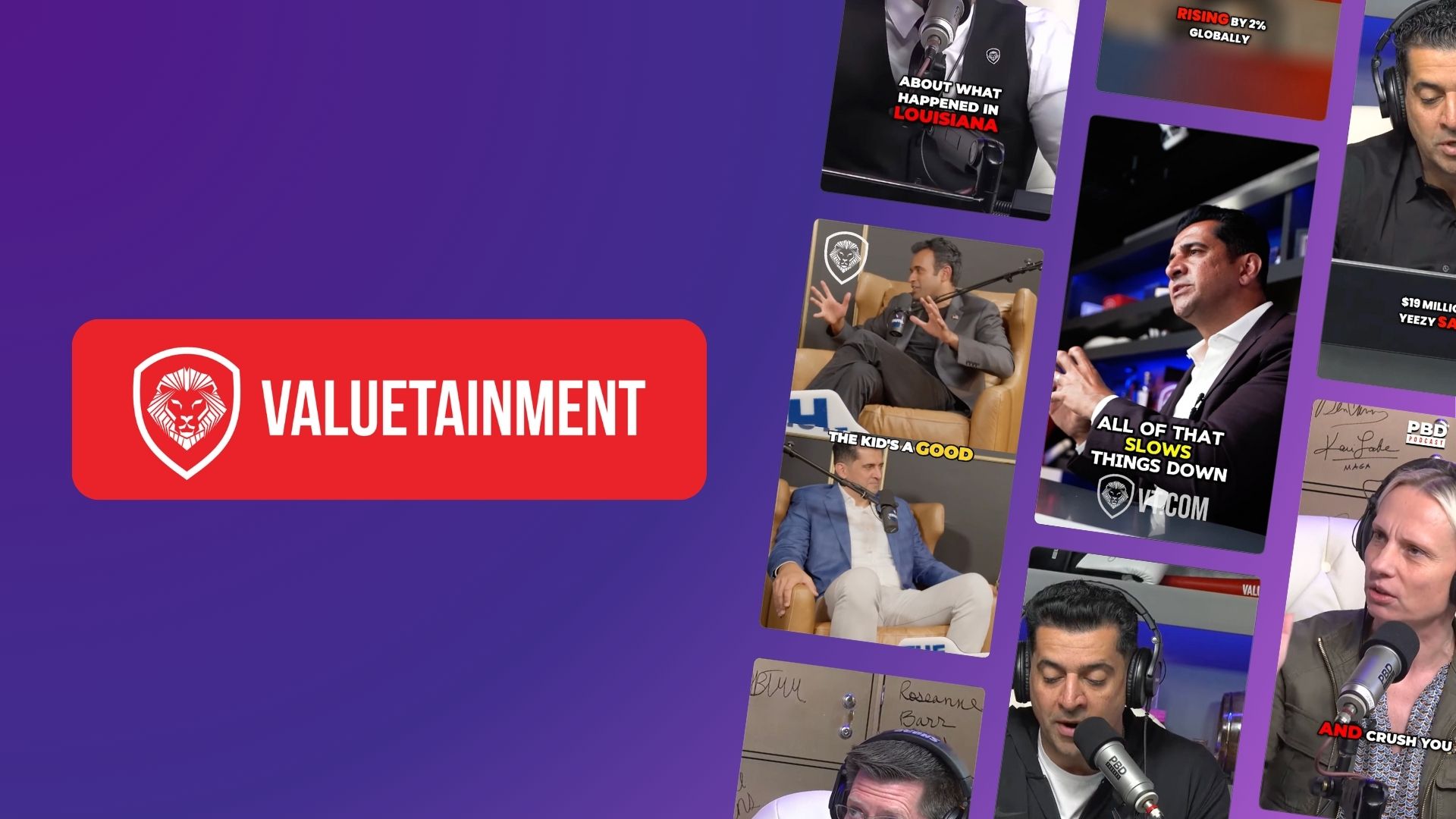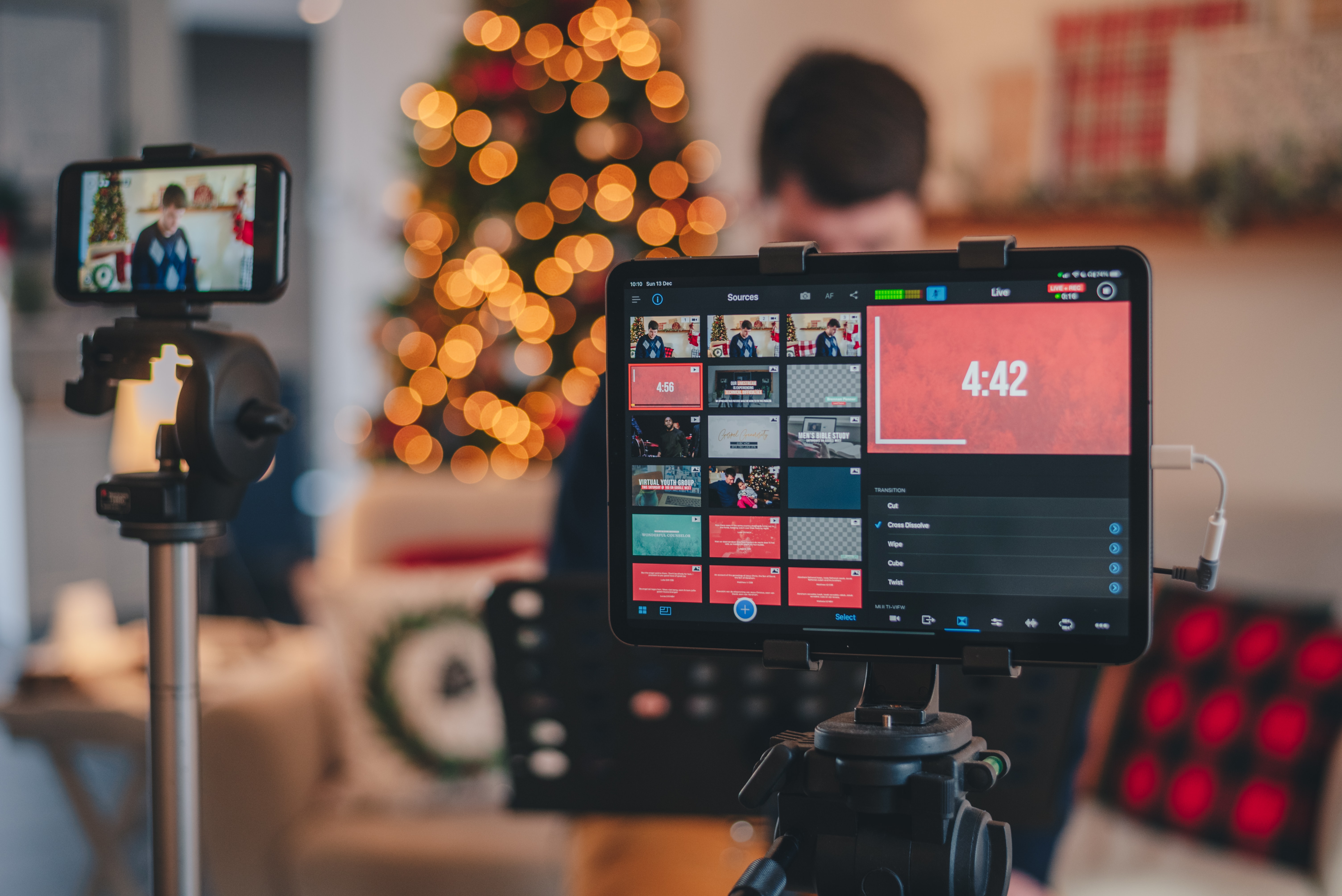How to Start Streaming in 2023: The Ultimate Guide

🤔 Why start livestreaming?
Live streaming as a content format has taken off in recent years, as internet users have begun seeking ways to interact more intimately with their favorite creators. For that reason, all of the top social media companies including YouTube, TikTok, Instagram, Facebook, and more have invested heavily in adding livestreaming features to their platforms. And, in turn, we’ve seen a wave of new creators hosting their own live content as a way of expanding their reach and strengthening relationships with their audiences.
As a creator, one of the best investments you can make in 2023 is learning how to start streaming. In our ultimate guide, we’ll be breaking things down into four easy steps, to take you from zero to streaming in no time:
- Brainstorm your stream
- Getting set up
- Before going live
- During your livestream
- After your livestream has ended
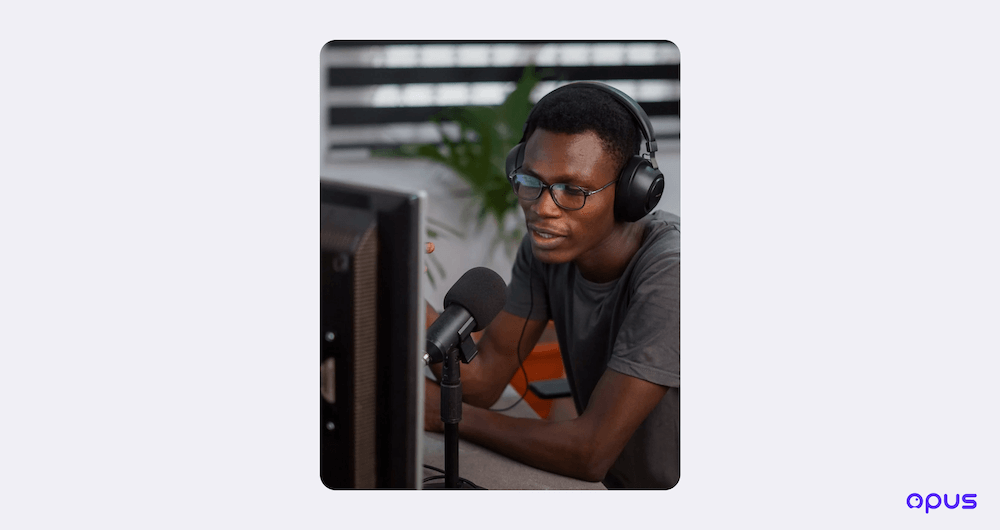
💭 Brainstorm your livestream
Before worrying about any of the other requirements necessary to learn how to start streaming, like A/V equipment, software, graphics, and a promotional strategy, you should start with the basics. Take some time to brainstorm on the following topics before moving on to building your streaming setup.
Define your audience and find your niche
The first step to success as a creator, if you haven’t done it already, is to decide on your niche and your target audience. Who do you want to appeal to? What is different about you that you use to create your own unique voice? This could be based on your life experience, or a new passion you have recently found an obsession for. Whether you’re interested in badminton, gardening, or business, as long as there is a community of other like-minded individuals online with the same interest, it’s a niche and you can focus on it!
To take things a step further, you should also understand your audience within that niche. These niche subgroups typically behave differently online, for example, they may congregate on different platforms based on media type (for example, those who prefer Pinterest for its visual content, versus YouTube for its long video content). Understand what type of content your audience likes, and where on the internet they are likely to congregate as a result. Think deeply about what they like to consume - do they prefer calm, intellectual talk? Or a more energetic and engaging experience?
Decide on the right livestream type
Now that you’ve decided on your niche and have thought more about their content preferences, your next step is to decide on the right format for your livestream. Below, we have listed some of the most popular livestream formats from today’s top creators. Consider using one of these as a starting point, or come up with your own variation based on your niche!
1. Live shows
One of the most basic types of livestreams. Live shows are typically hosted on a regular interval, either daily, weekly or monthly, and follow a free-flowing schedule that often includes a combination of monologue, occasional interviews, commentary, and coverage of breaking news.
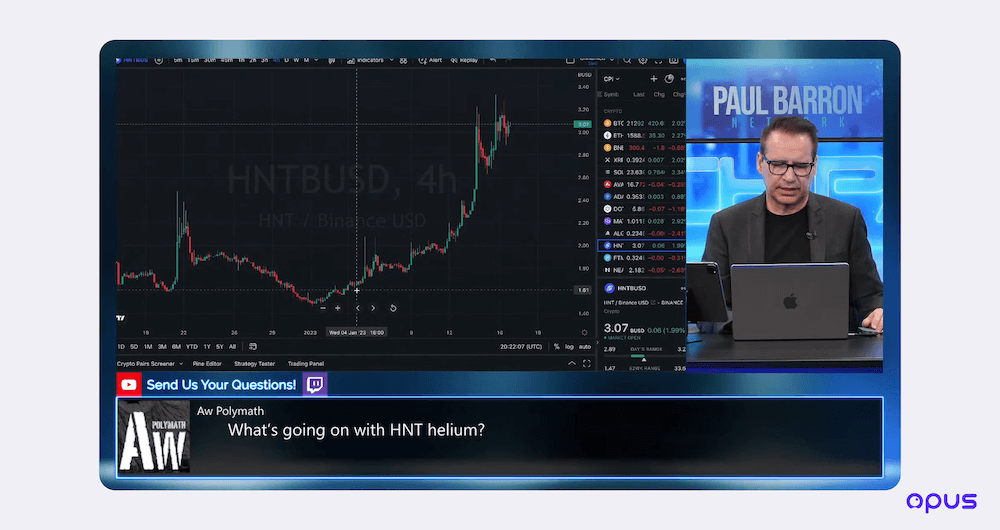
2. Live podcasts
As the name implies, live podcasts are simply podcasts broadcasted live at the time of recording. Typically interview-style and light on visual elements, live podcasts leverage the urgency of a livestream to help reach new listeners.
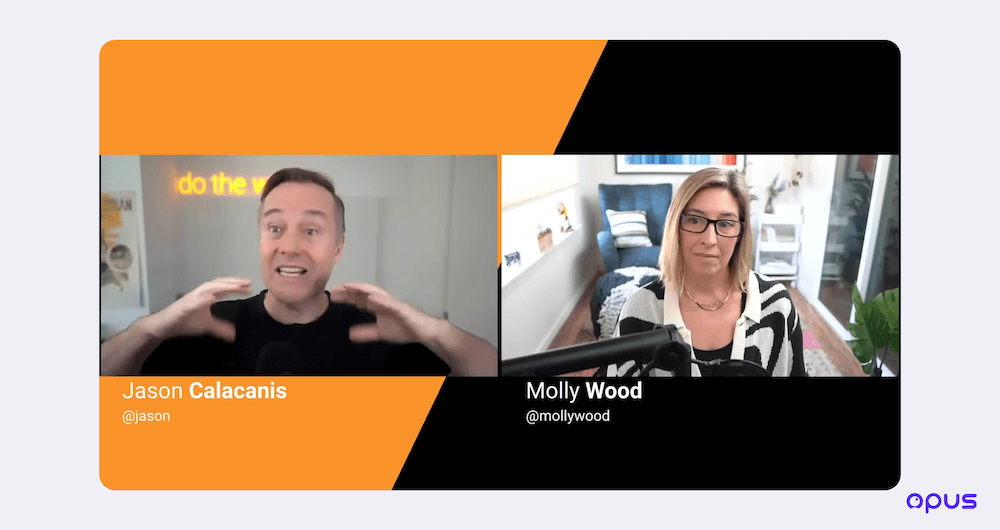
3. Commentary shows
Commentary shows are similar in format to live shows but typically focus solely on commentary around recent events. Oftentimes related to sports news, financial and political current events, and even celebrity drama - commentary shows are a great format for appealing to the most fanatical fans in a niche.

4. Q&A’s, coaching sessions, and more
These livestream formats focus on personalized information sharing between creators and their viewers. With these livestreams, audience engagement is the name of the game. Asking your viewers to ask questions not only makes content creation come naturally, but it also builds a stronger bond between you and your audience. If you’re a complete newcomer and are still unsure about how to start streaming, this format may be the best to start with.
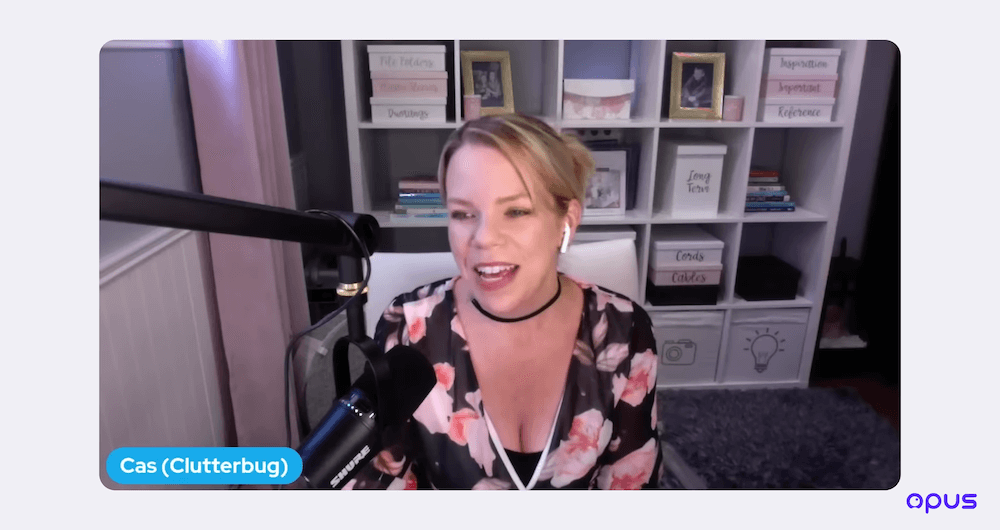
5. Live tutorials
Similar to Q&A and coaching sessions, live tutorials emphasize the transfer of knowledge, but with a stricter and more precise subject. This format is great for attracting new audience members who were searching for educational resources related to the tutorial you are delivering. And here as well, encouraging audience engagement is of the utmost importance.
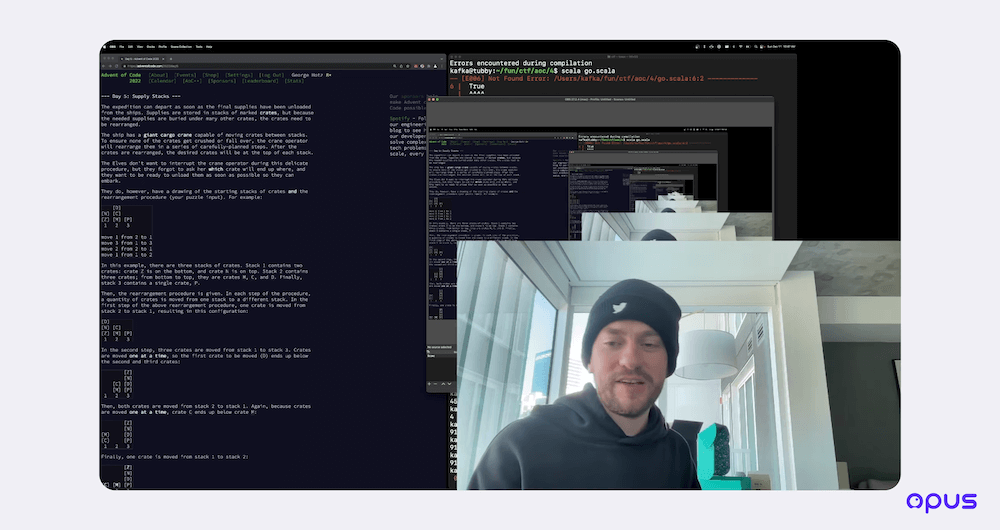
6. Gaming streams
Mostly found on Twitch, gaming livestreams are arguably the most entertaining livestream format. With an emphasis on features like chat and tipping, gaming streams are among the most engaging livestreams. So even if you aren’t planning on hosting gaming streams yourself, they are always a great source of inspiration for how to make your streams more enthralling for your viewers.
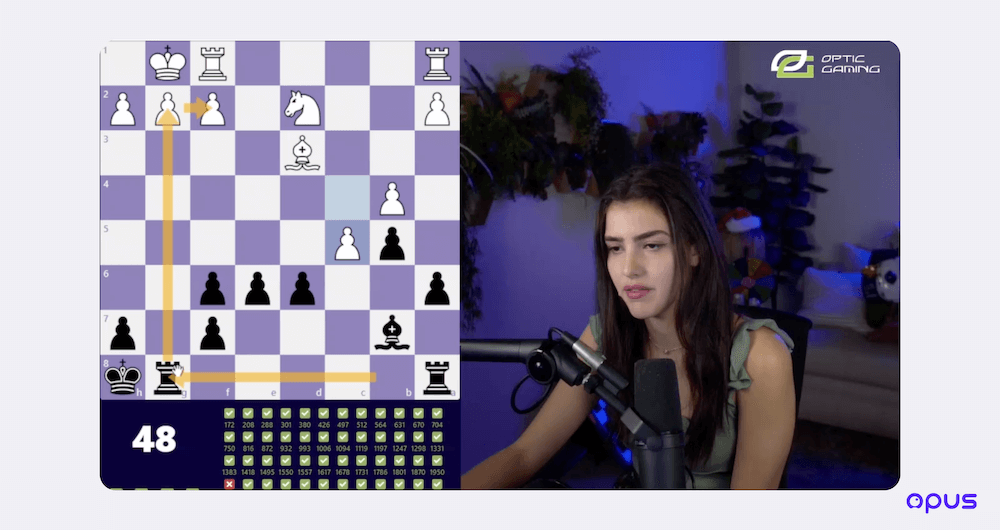
Set goals!
The last thing you will want to do as part of your livestream planning process is deciding on your goals. What made you want to learn how to start streaming in the first place? Do you simply want to introduce a different side of yourself to your existing audience? Or do you want to use live content to reach new people?
Understanding what will not only help you make decisions along the way, but will also help motivate you to continue streaming. Seeing yourself making progress towards your live streaming goals, however small or large, will put wind in your sails and make you excited to stream.
If you are looking for a goal-setting framework to use, we recommend setting SMART goals. As part of this model, any goals you come up with should be Simple, Measurable, Achievable, Realistic, and Timely.
⚙️ Getting set up
Now that you’ve decided on your niche, chosen a livestream style, and set your goals, it’s time to equip yourself with the right tools for livestreaming and choose the right platforms to go live on. While you can technically run a basic livestream with nothing more than a smartphone and a wifi signal, running a high-quality livestream requires a little bit more. Read on to learn about the hardware and tech you’ll want to consider, software options, and the best platforms to go live on.
Choose your hardware
Thankfully, you don’t need to be an A/V professional to run high-quality livestreams. You can create a killer livestreaming setup on any budget and with any level of hardware knowledge. Here are the main bases you will need to cover:
1. Camera
While some people do prefer audio-only livestreams (see platforms like Clubhouse and Spoon), most of your audience expects to see you live on camera!
When choosing a camera, you’ll want to consider image quality, color grading, focus, and frames per second. To make sure your video quality is up to par with what livestream viewers have become used to, try finding a camera with an image quality of at least 1080p, multiple color grading options for you to choose from, smooth focusing, and at least 24 frames per second.
Based on your budget, you should explore the following 4 camera types:
- Smartphones - If you’re completely new to live content and want to learn how to start streaming as fast as possible, a smartphone might be the best camera option. You can use apps like Camo or Droidcam to connect it to your computer as a streaming camera. We recommend the iPhone 14 Pro or Google Pixel 7 Pro.
- Standard webcams - The second cheapest option, a standard webcam will always get the job done. And if you get a 4k webcam coupled with a decent lighting setup, your stream quality may even be on par with a DSLR camera. We recommend the Dell Ultrasharp 4k webcam.
- AI-powered webcams - A step above standard webcams, these webcams have built-in AI to automatically adjust your brightness, contrast, and color levels. Your stream will look professionally made without any extra effort on your part! Our top two recommendations are the Lumina 4k webcam and the OSBOT 4k webcam.
- DSLRs and mirrorless cameras - The camera equivalent of a sports car, DSLRs and mirrorless cameras are both the highest price and highest quality you can get your hands on. With the best picture quality, color grading, and focus, these cameras are worth the money if you anticipate you will be livestreaming for a long time. We recommend looking into the Canon EOS Rebel and the Panasonic Lumix G7.
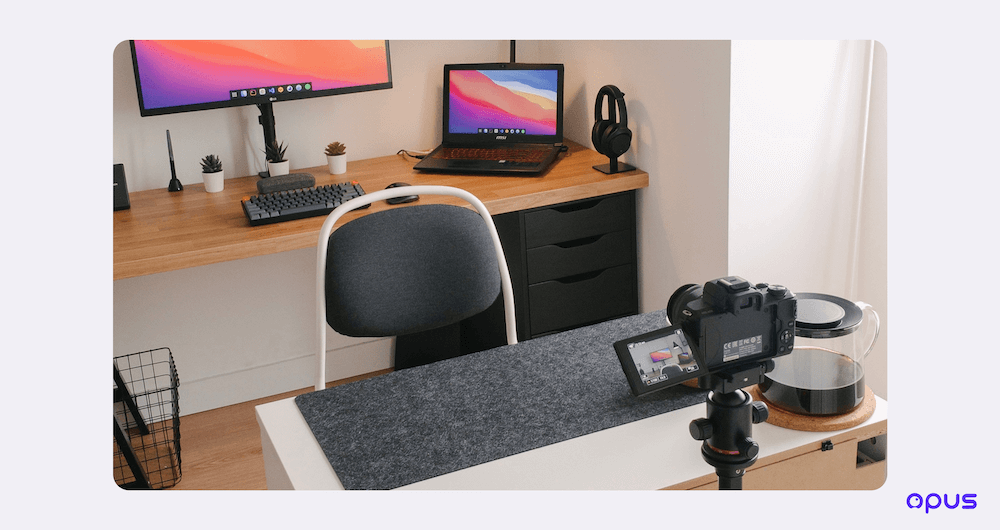
2. Microphone
There is a vast array of microphones you can choose from when learning how to start streaming. Unless you are running a live podcast, however, where having world-class audio quality is paramount to your success, there is only one category of microphone that we believe you should consider: condenser microphones.
Condenser microphones, popular amongst YouTubers, podcasters, and even voice actors, are optimized to capture sound more crisply and delicately than other microphone types. Put a foam mic cover on it and attach it to a mounted microphone arm, and your audio needs should be all taken care of!
3. Lighting
The unsung hero of any livestream setup is the lighting. We like to say that a bad camera with good lighting is going to produce better images than a good camera with bad lighting. So don’t cut corners here! You can go all out with your lighting setup by acquiring a key light, fill light, and backlight. But if you want to keep things simple (and cheap), we recommend picking up a basic ring light on Amazon. You will be amazed by how much better your stream looks with proper lighting.
4. Desk and background setup
Last but not least, we always recommend building your streaming setup at an actual desk. Don’t try running your livestream laying on the couch with your laptop. Sit at a desk with plenty of elbow room, a comfortable chair, and a fun background if possible.
Choose your software
With your hardware and livestreaming setup ready to go, you will need the right software to produce your stream with. Many creators wondering how to start streaming get stuck on this step, because they don’t know what to look for. Livestreaming software should make it easy to connect your audio and video sources, apply backgrounds and overlays, invite guests, and distribute your stream. Review our recommendations below to see which software is the right fit for you based on the livestream style you plan on hosting!
- Opus: $0 for the next year - Request beta access here
Opus Studio (that’s us!) is a browser-based livestream studio built just for creators.
Our studio includes a number of features that make it easy to host a livestream that will turn heads: like our AI-assisted visual production features, audience engagement features like polls and magic memes, and simulcasting (multistreaming) capability allowing you to distribute your stream to YouTube, Instagram, TikTok, and more. With Opus, you can invite guests and co-hosts to your stream in just a few clicks, embed YouTube videos and other assets into your stream, and easily adapt your aspect ratio for landscape platforms like YouTube or vertical platforms like TikTok.
- StreamYard: From free to $49 per month
StreamYard, a subsidiary of online event software company Hopin, is a livestreaming tool worth exploring for professionals. While their free plan is limited, it does allow one to host a minimalist, reliable livestream. More advanced features like multistreaming, stream overlays, and recordings are unlockable through their “Basic” and “Professional” plans.
- Restream - Plans range from free to $49 per month
Restream, best known for its extensive multistreaming capabilities, is another good option for anyone looking to run a simple but reliable livestream. Users of Restream have over 30 different multistream destinations to distribute their stream to. To unlock advanced features like 1080p streaming, and the ability to multistream to more than 2 destinations at once, you will need to upgrade to Restream’s “Standard” or “Professional” plans.
- OBS - Always free
OBS is a free and open-source livestreaming studio that has gained popularity among Twitch streamers, especially new ones figuring out how to start streaming their gameplay. The software benefits from countless Github contributors and a large support community thanks to its 10-plus years on the market. Unfortunately, due to its old age, you may be let down by OBS’ lack of audience engagement features, inability to invite guests and co-hosts, and nonexistent AI-assistance features.
For more options, check out our list of The Best OBS Alternatives Free for Creators
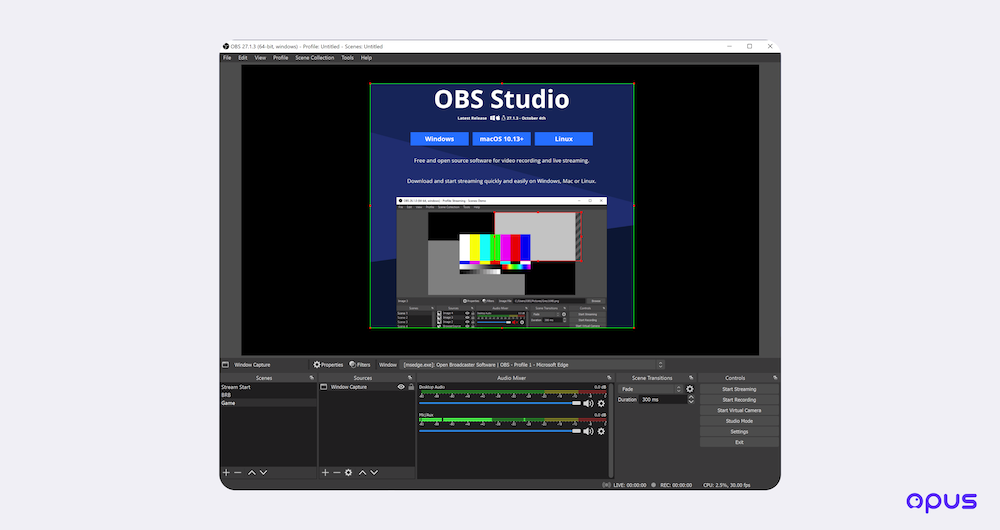
Decide on your platforms
The last big decision to make before going live is choosing which platforms you will be streaming to. Hopefully, after deciding on your niche, you now have an idea of the right places to stream in order to reach your target audience. But in case you are still unsure, here are the most important platforms we think you should consider.
- YouTube
YouTube, the largest video platform by far, is an excellent place to establish yourself no matter your niche. On YouTube, you will find a great balance of pre-recorded and live content, ultimately making for a captivating user experience. Lastly, if the goal behind your livestream is to point your viewers to your other properties on the internet then YouTube is a great place to stream, as it has plenty of ways to add promotional text and external links in your video description, overlay cards, and more. Figuring out how to start streaming on YouTube couldn’t be any easier, as the “Go Live” option is just one click away right next to the standard option to upload a video!
- Instagram Live
With organic reach on Instagram declining over the past few years, with the exception of Stories and Reels, it’s difficult nowadays to reach your followers on a consistent basis. Thankfully, Instagram (and Meta at large) prioritizes displaying live content in the feed. So if you need a way to cut through the noise and reach your followers organically, going live on Instagram is a clever way to do so.
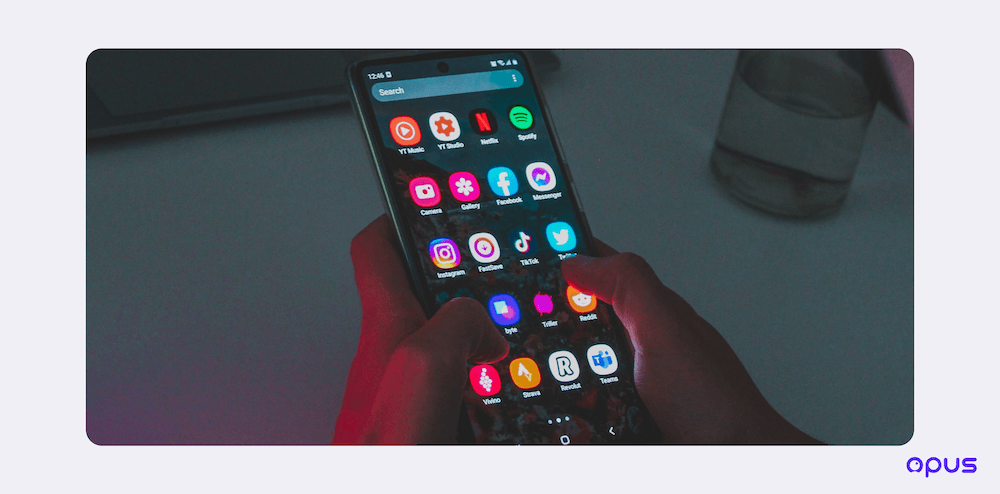
- Facebook Live
Facebook Live, similar to Instagram Live, is a necessity for standing out in the feed and reaching your Facebook followers organically. Q&A’s, coaching sessions, and other types of informational livestreams tend to do well on Facebook, as well as shoppable livestreams. So if you have products to sell as a creator, whether your own or as an affiliate, Facebook Live is a great platform to consider!
- LinkedIn Live
If you’re a professional or make career-related content, LinkedIn Live is a must. In career and professional niches, establishing your credibility is the most important factor for long-term success as a creator. And there’s no better way to do that than by going live to share your knowledge and answer questions! Go live on LinkedIn to get in front of new audience members in your industry or niche, and if you have a service to sell, LinkedIn’s social features provide a natural progression to do so.
- TikTok
The hottest platform in the world, period, is TikTok. And it’s a perfect place to start livestreaming, as TikTok users prefer fast-paced, timely, and relevant content. Run a high-quality livestream that’s engaging and informative, and if TikTok’s algorithm blesses you, your reach (and following) could skyrocket in the blink of an eye. No matter what niche you are in, we strongly recommend looking into how to start streaming on TikTok as well as how to acquire a TikTok stream key to stream from your computer.
- Twitch
Are you a gaming livestreamer, or plan on hosting a more laid-back, fun livestream? If so, you should consider streaming on Twitch, or at least include the platform as part of your larger simulcasting (multistreaming) strategy. Getting exposure and reaching new viewers on Twitch is a challenge when starting out. But if you are able to get past the initial hump and carve out a small audience, because of the platform’s high daily active usage, you are guaranteed to always have a consistent attendance at your livestreams.
Know your network/wifi requirements
Last, but most certainly not least, take a look at your internet speed before going live. Do some research to figure out the minimum upload and download speed that’s recommended, based on the image quality and frame rate you plan to livestream with. You can use free websites like https://www.speedtest.net/ to check that your speed is up to standard!
